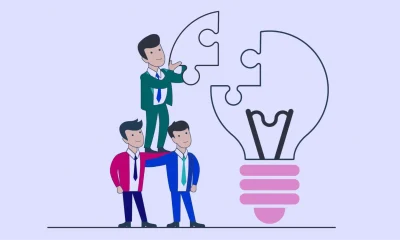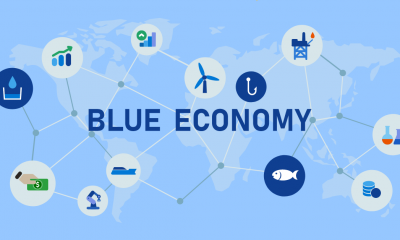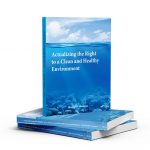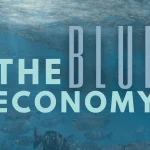By Hon. Prof. Kariuki Muigua, OGW, PhD, C.Arb, FCIArb is a Professor of Environmental Law and Dispute Resolution at the University of Nairobi, Member of Permanent Court of Arbitration, Leading Environmental Law Scholar, Respected Sustainable Development Policy Advisor, Top Natural Resources Lawyer, Highly-Regarded Dispute Resolution Expert and Awardee of the Order of Grand Warrior (OGW) of Kenya by H.E. the President of Republic of Kenya. He is the Academic Champion of ADR 2024, the African ADR Practitioner of the Year 2022, the African Arbitrator of the Year 2022, ADR Practitioner of the Year in Kenya 2021, CIArb (Kenya) Lifetime Achievement Award 2021 and ADR Publisher of the Year 2021 and Author of the Kenya’s First ESG Book: Embracing Environmental Social and Governance (ESG) tenets for Sustainable Development” (Glenwood, Nairobi, July 2023) and Kenya’s First Two Climate Change Law Book: Combating Climate Change for Sustainability (Glenwood, Nairobi, October 2023), Achieving Climate Justice for Development (Glenwood, Nairobi, October 2023), Promoting Rule of Law for Sustainable Development (Glenwood, Nairobi, January 2024) and Actualizing the Right to a Clean and Healthy Environment (Glenwood, Nairobi, January 2024)*
The right to a clean, healthy and sustainable environment is thus well recognized at the global, regional and national levels. However, despite this recognition, several challenges hinder attainment of this right. Some of these challenges are discussed below.
Climate Change
Climate change has been defined as change of climate which is attributed directly or indirectly to human activities which alter the composition of the global atmosphere and which are in addition to natural climate variability observed over comparable time periods. Climate change has become a global concern in the 21st century and has been a dominant subject in political, economic, legal, social, environmental and scientific discussions. It is majorly caused by human activities that lead to atmospheric concentration of green-house gases such as burning of fossil fuels, deforestation and increase in carbon dioxide levels.
Kenya like the rest of the world is faced with the threat of climate change. It has been observed that countries such as Kenya which have contributed the least to climate change are the ones that are the most affected by its impacts. Climate change hinders the realization of the right to a clean, healthy and sustainable environment since it results food insecurity, water scarcity, depletion of natural resources, displacement of people and health hazards among other concerns.
Owing to the threat of climate change, the global community has come together under the Paris Agreement which is aimed at combating climate change and adapting to its effects by holding the increase in the global average temperature to well below 2°C above pre-industrial levels and pursuing efforts to limit the temperature increase to 1.5°C above pre-industrial levels. There is need to promote effective climate change mitigation and adaptation in order to realize the right to a clean, healthy and sustainable environment.
Unsustainable Management and Use of Natural Resources
Natural resources such as water, soil, air and forests are essential for survival and livelihood since they provide ingredients that support life. However, increase in human population has resulted in pressure on natural resources, sometimes resulting in their degradation and depletion. This is due to the fact that increase in human population puts pressure on natural resources such as food, water and energy sometimes resulting in their unsustainable use.
Poor use of natural resources is a global challenge that poses a threat to sustainability of natural resources and results in serious environmental threats such deforestation and forest degradation, biodiversity loss, ecosystem degradation, reduction in soil quality and fall in available water quantity. This challenge is coupled with poor natural resources management laws, policies and practices in some countries which hinder effective management and use of these resources.
Unsustainable management and use of natural resources hinders realization of the right to a clean, healthy and sustainable environment since it affects the Sustainable Development agenda. The 2030 Agenda on Sustainable Development recognizes this challenges and seeks to promote responsible consumption and production through efficient management of natural resources. There is need to enhance sustainable management and use of natural resources in order to achieve the right to a clean, healthy and sustainable environment.
Pollution
Pollution has been defined as any direct or indirect alteration of the physical, thermal, chemical, biological, or radio-active properties of any part of the environment by discharging, emitting, or depositing wastes so as to affect any beneficial use adversely, to cause a condition which is hazardous or potentially hazardous to public health, safety or welfare, or to animals, birds, wildlife, fish or aquatic life, or to plants.
Environmental pollution has also been defined as the contamination of the physical and biological components of the earth/atmosphere system to such an extent that normal environmental processes are adversely affected. Pollution occurs in various forms including air, water and soil.
Pollution has been attributed to many factors which include waste by-products emanating from industrialization of our society, the introduction of motorized vehicles, and the explosion of the human population, leading to an exponential growth in the production of goods and services. Cases of air, water and soil pollution have been widely reported in Kenya.
There have been reports of discharge of untreated industrial waste into the atmosphere polluting soil and water resources. Further, there have been reports indicating that raw water in Kenya is too polluted with chemicals and heavy metals to be fit for irrigation or human and livestock consumption. However, pollution is not a novel problem to Kenya since it’s a global concern that affects virtually all nations and threatens environmental sustainability.
Human activities through urbanization, industrialization, mining, and exploration are at the forefront of global environmental pollution. Environmental pollution is a threat to not only the sustainable development agenda but also to the very existence of the humankind. It compromises the quality of air, water and soil and could result in concerns such as health hazards and diseases thus hindering the realization of the right to a clean, healthy and sustainable environment. There is need to promote effective pollution control in order to achieve a clean, healthy and sustainable environment.
Poverty
Poverty can hinder realization of procedural aspects of the right to a clean, healthy and sustainable environment such as access to information, public participation, and access to justice or effective remedies. It can also hinder access to substantive aspects of the right such as access to food and clean water and sanitation.
Poverty can also result in overexploitation of natural resources such as forests, water resources and energy sources which could potentially result in their depletion or degradation. This concern has been recognize at the global level by the 2030 Agenda on Sustainable Development which acknowledges that eradicating poverty in all its forms remains one of the greatest challenges facing humanity. There is need to combat poverty in order to actualize the right to a clean, healthy and sustainable environment.
*This is an extract from Kenya’s First Clean and Healthy Environment Book: Actualizing the Right to a Clean and Healthy Environment (Glenwood, Nairobi, January 2024) by Hon. Prof. Kariuki Muigua, OGW, PhD, Professor of Environmental Law and Dispute Resolution, Senior Advocate of Kenya, Chartered Arbitrator, Kenya’s ADR Practitioner of the Year 2021 (Nairobi Legal Awards), ADR Lifetime Achievement Award 2021 (CIArb Kenya), African Arbitrator of the Year 2022, Africa ADR Practitioner of the Year 2022, Member of National Environment Tribunal (NET) Emeritus (2017 to 2023) and Member of Permanent Court of Arbitration nominated by Republic of Kenya and Academic Champion of ADR 2024. Prof. Kariuki Muigua is a foremost Environmental Law and Natural Resources Lawyer and Scholar, Sustainable Development Advocate and Conflict Management Expert in Kenya. Prof. Kariuki Muigua teaches Environmental Law and Dispute resolution at the University of Nairobi School of Law, The Center for Advanced Studies in Environmental Law and Policy (CASELAP) and Wangari Maathai Institute for Peace and Environmental Studies. He has published numerous books and articles on Environmental Law, Environmental Justice Conflict Management, Alternative Dispute Resolution and Sustainable Development. Prof. Muigua is also a Chartered Arbitrator, an Accredited Mediator, the Managing Partner of Kariuki Muigua & Co. Advocates and Africa Trustee Emeritus of the Chartered Institute of Arbitrators 2019-2022. Prof. Muigua is a 2023 recipient of President of the Republic of Kenya Order of Grand Warrior (OGW) Award for his service to the Nation as a Distinguished Expert, Academic and Scholar in Dispute Resolution and recognized among the top 5 leading lawyers and dispute resolution experts in Band 1 in Kenya by the Chambers Global Guide 2024 and was listed in the Inaugural THE LAWYER AFRICA Litigation Hall of Fame 2023 as one of the Top 50 Most Distinguished Litigation Lawyers in Kenya and the Top Arbitrator in Kenya in 2023.
References
- Gearty, ‘Do Human Rights Help or Hinder Environmental Protection?’ Journal of Human Rights and the Environment, No. 7 of 2010.
Coker, A.O,. “Environmental Pollution: Types, Causes, Impacts and Management for the Health and SocioEconomic Well-Being of Nigeria,” p.1. Available at https://pdfs.semanticscholar.org/8e7b/a9595bab30d7ea87715533353c53f7452811.pdf (Accessed on 23/06/2023).
Environmental Management and Co-Ordination Act, No. 8 of 1999, Laws of Kenya.
Fitzmaurice. M., ‘The Principle of Sustainable Development in International Development Law.’ International Sustainable Development Law., Vol 1.
IISD., ‘UNGA Recognizes Human Right to Clean, Healthy, and Sustainable Environment.’ Available at https://sdg.iisd.org/news/unga-recognizes-human-right-to-clean-healthy-and-sustainableenvironment/ (Accessed on 23/06/2023).
- Bosselmann, ‘Losing the Forest for the Trees: Environmental Reductionism in the Law’ Sustainability, No. 2 of 2010.
Knox JH, ‘Report of the Special Rapporteur on the Issue of Human Rights Obligations Relating to the Enjoyment of a Safe, Clean, Healthy and Sustainable Environment: Biodiversity Report’ [2017] United Nations Human Rights Council, A/HRC/34/49.
McClymonds JT, ‘Human Right to a Healthy Environment: An International Legal Perspective, The’ (1992) 37 New York Law School Law Review 583.
Muigua. K., ‘Multinational Corporations, Investment and Natural Resource Management in Kenya.’ Available at http://kmco.co.ke/wp-content/uploads/2018/11/Multinational-Corporations-Investmentand-Natural-Resource-Management-in-Kenya-Kariuki-Muigua-November-2018.pdf (Accessed on 23/06/2023).
Muigua. K., ‘Recognising a Human Right to Safe, Healthy and Sustainable Environment.’ Available at http://kmco.co.ke/wp-content/uploads/2021/04/Recognising-a-Human-Right-to-Safe-Healthy-andSustainable-Environment-Kariuki-Muigua-1st-April-2021.pdf (Accessed on 22/06/2023).
Muigua. K., ‘Reconceptualising the Right to Clean and Healthy Environment in Kenya.’ Available at http://kmco.co.ke/wp-content/uploads/2018/08/RIGHT-TO-CLEAN-AND-HEALTHYENVIRONMENT-IN-KENYA.docx-7th-september-2015.pdf (Accessed on 22/06/2023).
Muigua. K., ‘Safeguarding the Environment through Effective Pollution Control in Kenya.’ Available at http://kmco.co.ke/wp-content/uploads/2020/09/Safeguarding-the-Environment-through-EffectivePollution-Control-in-Kenya-Kariuki-Muigua-28th-SEPT-2019.pdf (Accessed on 23/06/2023).
Muigua. K., ‘The Role of Courts in Safeguarding Environmental Rights in Kenya: A Critical Appraisal.’ Available at http://kmco.co.ke/wp-content/uploads/2019/01/The-Role-of-Courts-in-Safeguarding Environmental-Rights-in-Kenya-A-Critical-Appraisal-Kariuki-Muigua-17th-January-2019-1.pdf (Accessed on 23/06/2023).
Muigua. K., ‘Utilising Science and Technology for Environmental Management in Kenya.’ Available at http://kmco.co.ke/wp-content/uploads/2020/04/Utilising-Science-and-Technology-for-EnvironmentalManagement-in-Kenya.pdf (Accessed on 22/06/2023).
Mwanza. R., ‘The Relationship between the Principle of Sustainable Development and the Human Right to a Clean and Healthy Environment in Kenya’s legal context: An appraisal.’ Environmental Law Review 2020, Vol. 22(3).
Nasike, C., “Enforce measures to curb water pollution,” Business Daily, Thursday, August 22, 2019. Available at https://www.businessdailyafrica.com/analysis/letters/Enforce-measures-to-curb-waterpollution/4307714-5245596- tdpn9y/index.html (Accessed on 23/06/2023).
Pathak P, ‘Human Rights Approach to Environmental Protection’ (Social Science Research Network 2014) SSRN Scholarly Paper ID 2397197 https://papers.ssrn.com/abstract=2397197 (Accessed on 22/06/2023).
Peter K. Waweru v Republic, Misc. Civil Application No. 118 of 2004, (2006) eKLR.
Report of the United Nations Conference on Environment and Development., ‘Rio Declaration on Environment and Development.’ A/CONF.151/26 (Vol. I).
Ukaogo. P., ‘Environmental Pollution: Causes, Effects, and the Remedies.’ Microorganisms for Sustainable Environment and Health, 2020, pg 419-429.
Ullah, S., “A sociological study of environmental pollution and its effects on the public health Faisalabad city,” International Journal of Education and Research, Vol. 1 No. 6 June 2013, p.2
UNDP., ‘Sustainable Development Goal 1: No Poverty’ Available at https://www.undp.org/sustainable-development-goals/nopoverty?gclid=EAIaIQobChMInJ6Ezb_Z_wIVvEeRBR2lwQ02EAAYAiAAEgK4TvD _BwE (Accessed on 23/06/2023).
UNDP., ‘Sustainable Goal 12: Responsible Consumption and Production.’ Available at https://www.undp.org/sustainable-development-goals/responsible-consumption-andproduction?gclid=EAIaIQobChMIidu71LPZ_wIV1vGyCh2q7wFJEAAYASAAEgIObfD_BwE (Accessed on 23/06/2023).
United Nations General Assembly (UNGA)., ‘The Human Right to a Clean, Healthy and Sustainable Environment.’ UNGA Resolution ‘A/76/L.75.’
United Nations., ‘Transforming Our World: The 2030 Agenda for Sustainable Development.’ Available at https://sustainabledevelopment.un.org/content/documents/21252030%20Agenda%20for%20Sustainabl e%20Development%20web.pdf (Accessed on 22/06/2023).
Webster’s New World Dictionary, 3rd ed (Cleveland College, Cleveland, 1998).
World Commission on Environment and Development., ‘Our Common Future.’ Oxford, (Oxford University Press, 1987).
World Health Organization., ‘Preventing Disease through Healthy Environments.’ (World Health Organization, Geneva, 2006)
Zimmer K, ‘The Human Right That Benefits Nature’ https://www.bbc.com/future/article/20210316how-the-human-right-to-a-healthy-environment-helps-nature (Accessed on 22/06/2023).

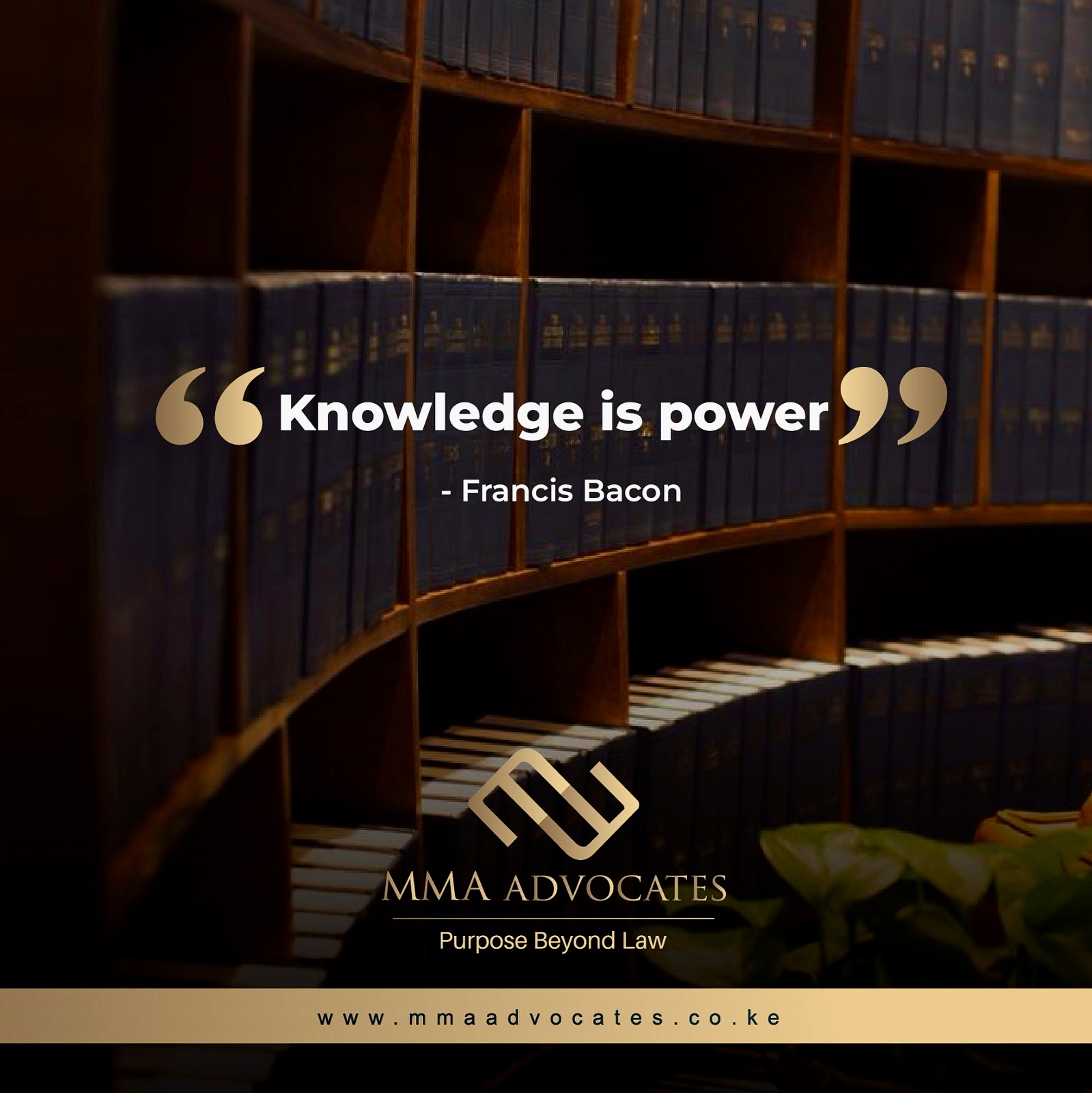



 Lawyers2 years ago
Lawyers2 years ago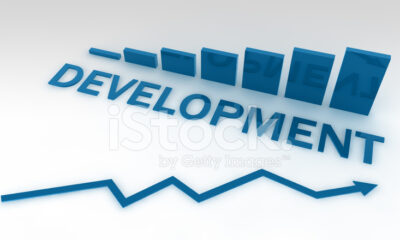
 News & Analysis3 years ago
News & Analysis3 years ago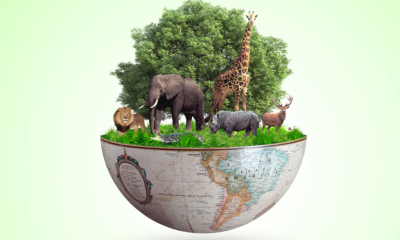
 News & Analysis3 years ago
News & Analysis3 years ago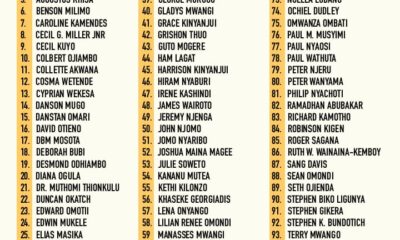
 Lawyers2 years ago
Lawyers2 years ago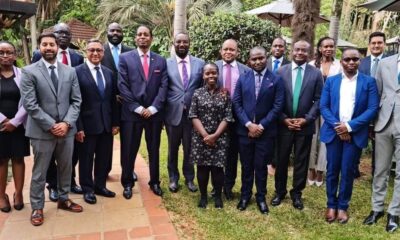
 News & Analysis3 years ago
News & Analysis3 years ago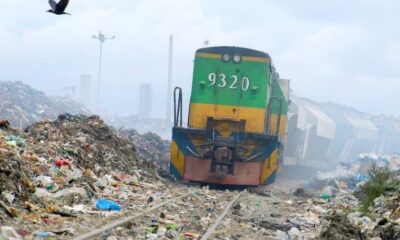
 News & Analysis1 year ago
News & Analysis1 year ago
 News & Analysis3 years ago
News & Analysis3 years ago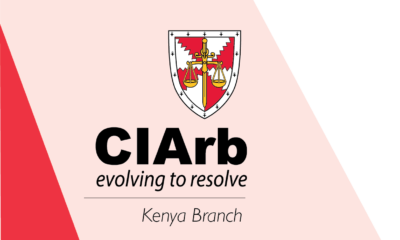
 News & Analysis1 year ago
News & Analysis1 year ago









